Lotus is VALORANT’s latest map, and players are desperately trying to figure it out so they can dominate in ranked.
The map features three sites, each featuring a handful of entries and hallways to take advantage of. At first glance, many players compared Lotus to Haven because of their similar structure.
Haven also features a lot of close corners and small choke points that favor different agents. But there are also some crucial differences between the two maps.
Related: NRG’s Lotus pick backfires but VCT LOCK//IN favorites rally to topple Giants
VALORANT coach Woohoojin shared a complete guide to Lotus in a recent Twitch broadcast. As well as the best agents on the map, he talked about recommended rotation paths. This is where Lotus largely differs from Haven.
“On Lotus, if you five-stack push A and you encounter friction and can’t push, you can simply push B without rotating back,” he explained.
In Haven, you can’t five-stack A because you’ll lose too much pressure. He added it’s the same rule for C to B.
In Haven, only the defense can easily rotate from C to B using the connecting hallway from the site. The mid connectors from point to point in Lotus give much more flexibility to the attackers, which means the defense must react faster.
“As a rule of thumb, I’m trying to condition the enemy team into contesting some space from us,” he said. “On offense, I would recommend a lot of A and C play until you condition them to become really agressive for it.”
If the team are baited into pushing aggressively, you’ll be able to take advantage of this when stacking. There aren’t many flank corners, according to Woohoojin, so they can easily be singled out and eliminated.
The full-stacking push to A and C has already been seen in professional play. It was demonstrated numerous times in the match between NRG and Giants in the VCT LOCK//IN, for example.


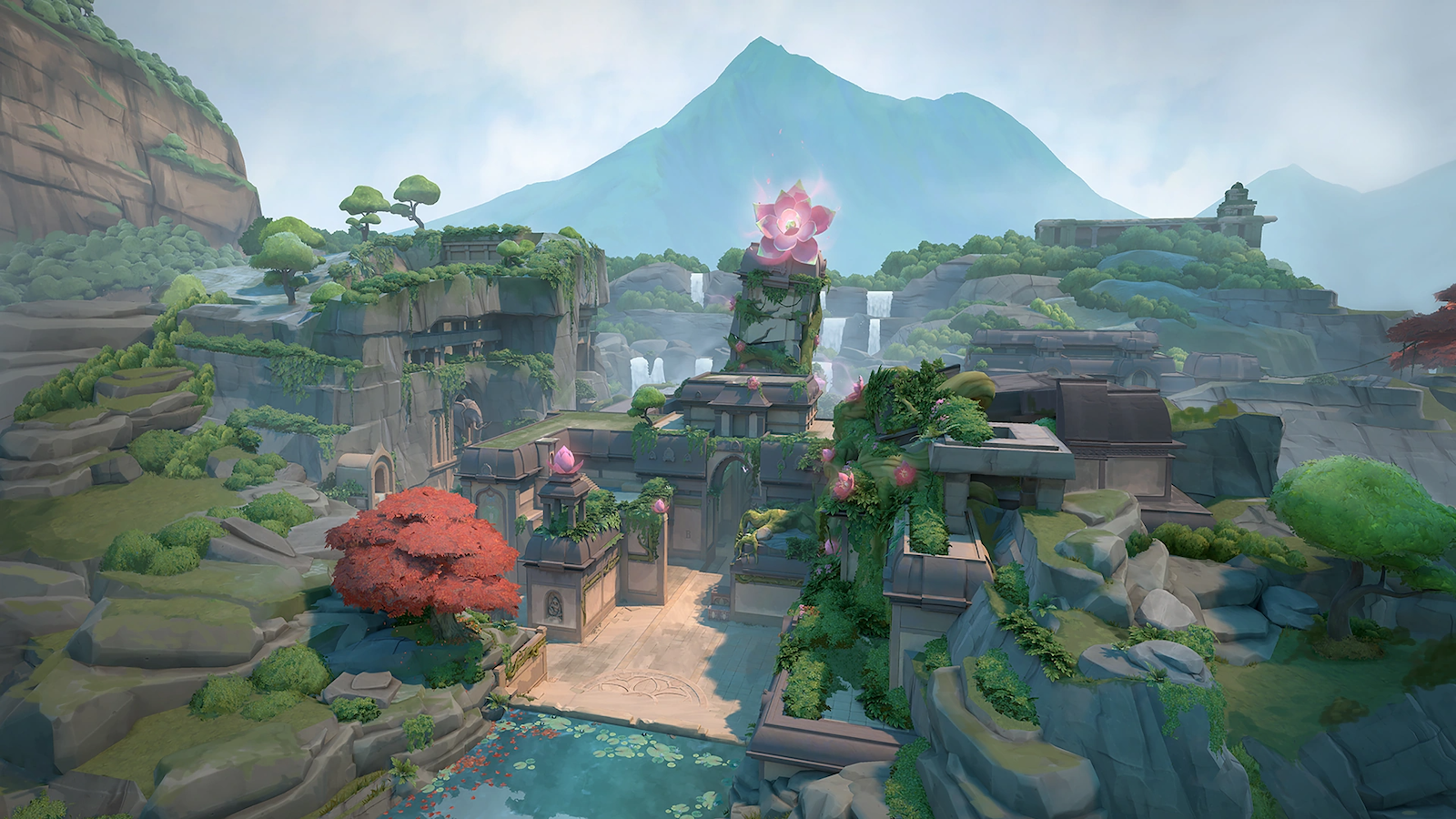

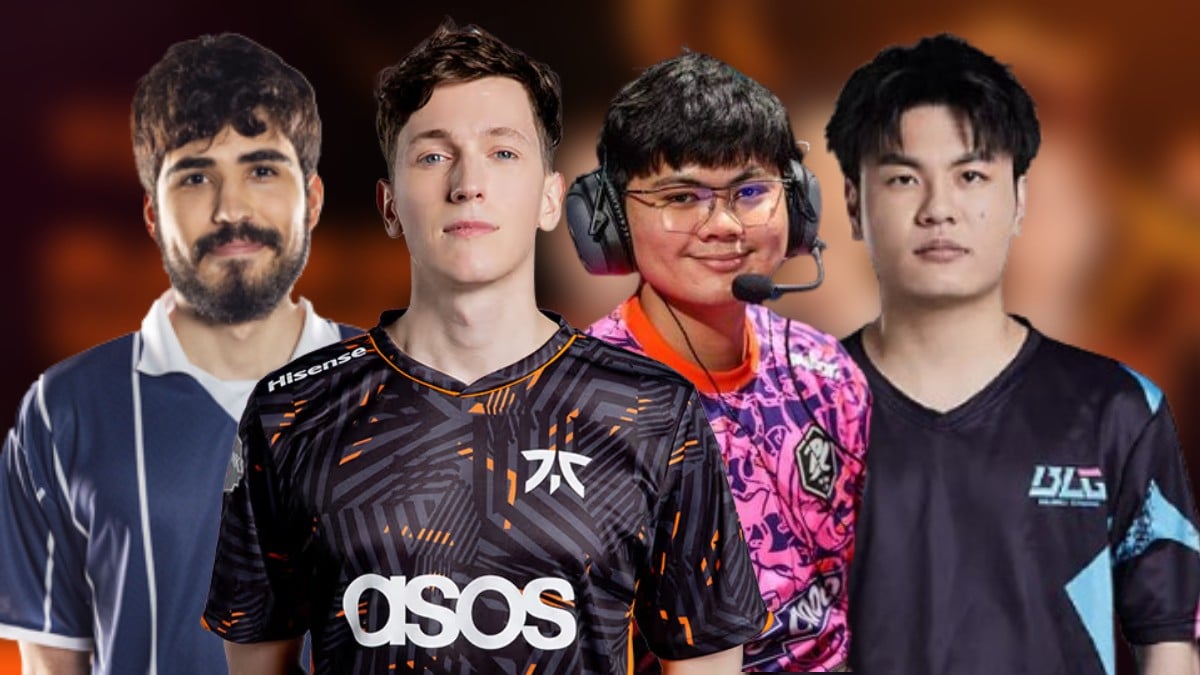
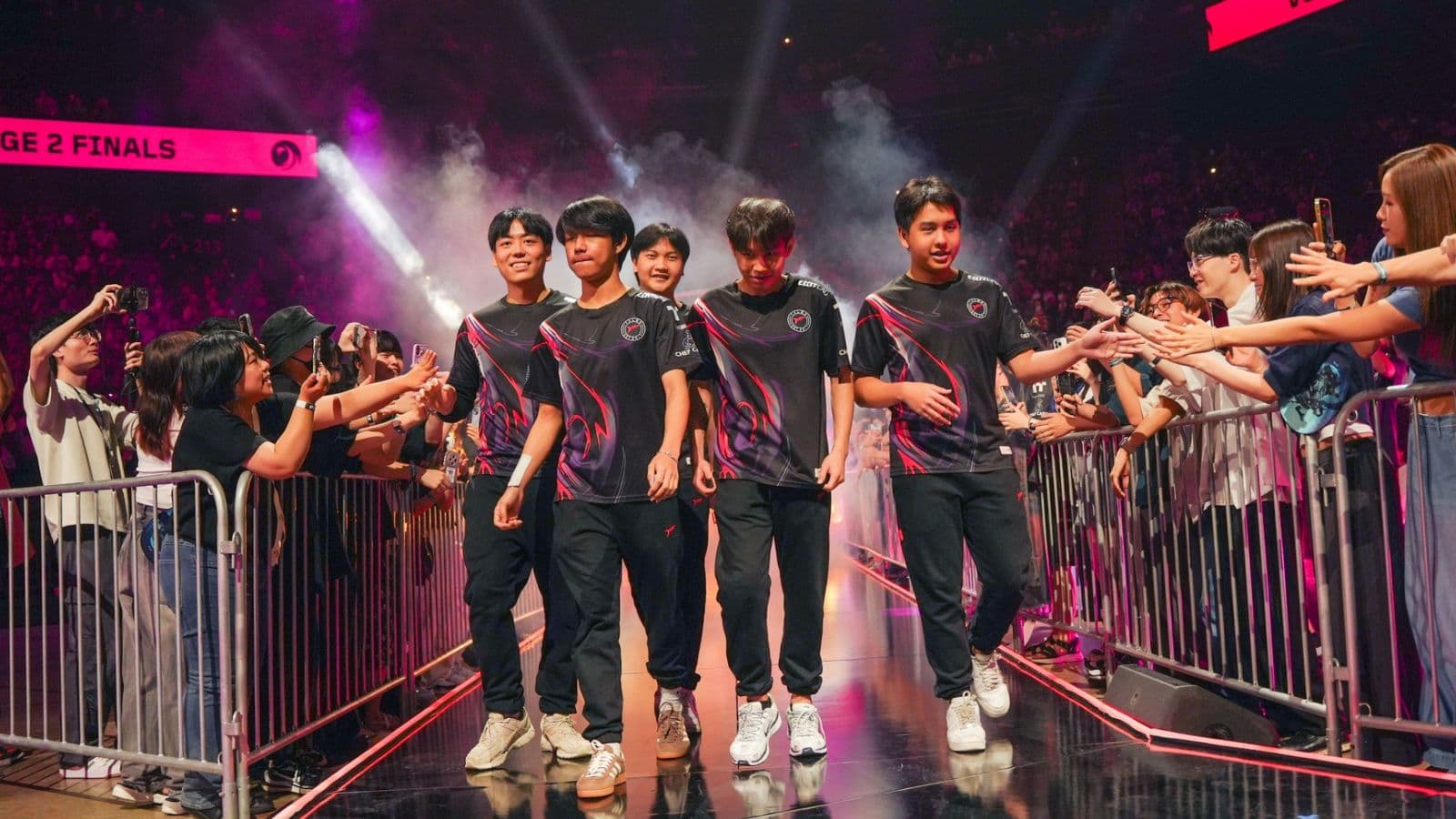
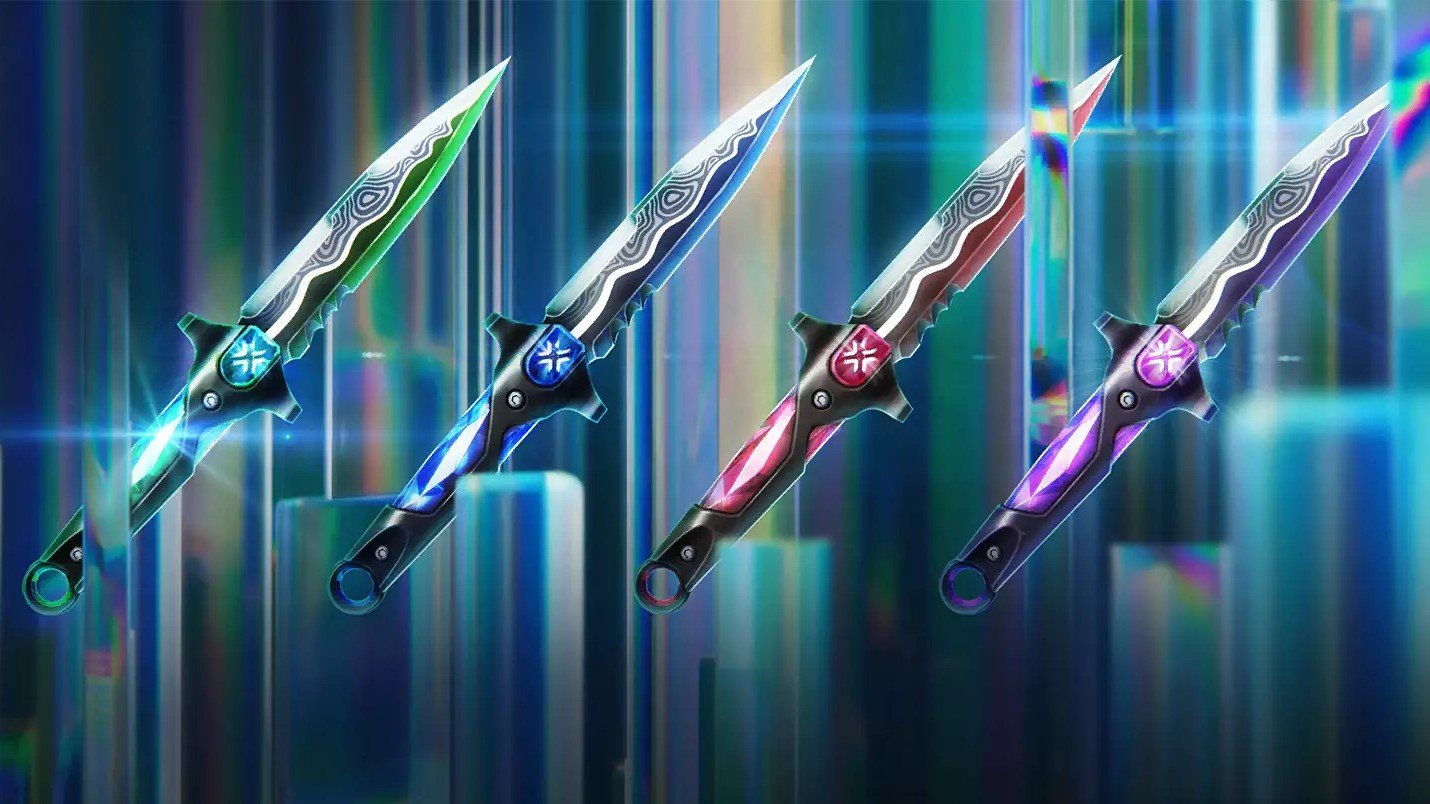

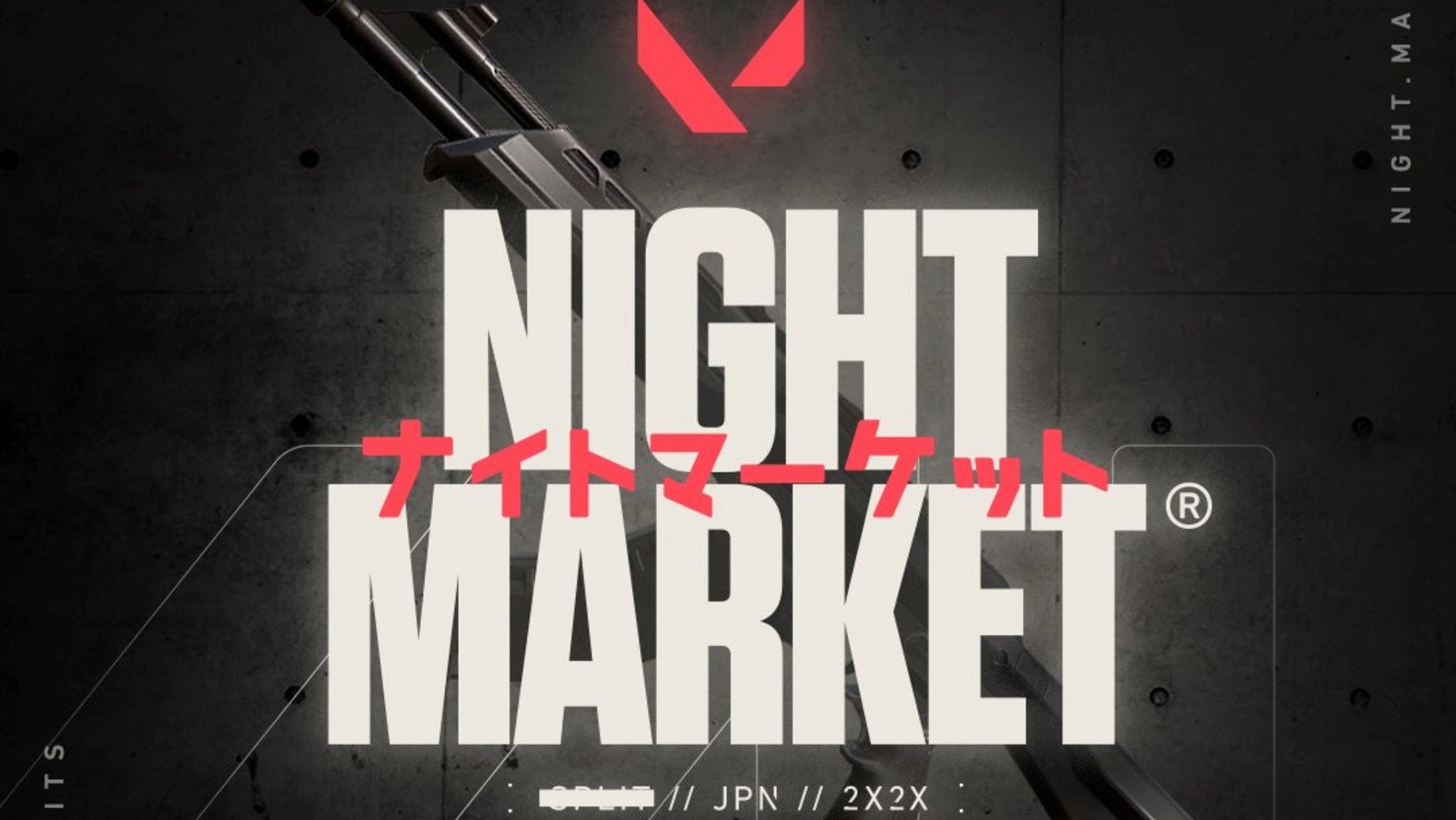

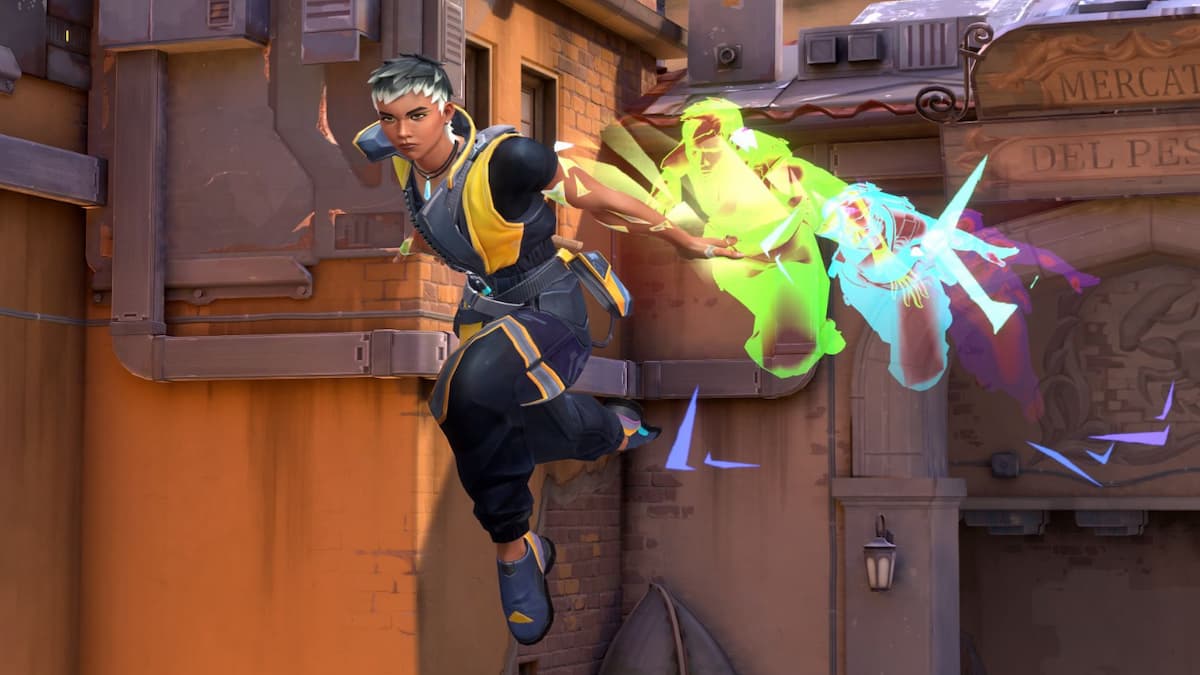


Published: Feb 21, 2023 09:27 am